Fiber Spectrometers
Fiber-optic spectrometers are a type of precision instrument that uses optical fibers as the optical signal transmission medium, combines spectroscopic technology and photoelectric detection technology, and realizes the analysis of parameters such as wavelength and intensity of optical signals. Their core advantage lies in breaking the "fixed optical path" limitation of traditional benchtop spectrometers, and achieving "long-distance, in-situ, and multi-channel" spectral detection through the flexible transmission capability of optical fibers.
Sharp 2K Spectrometer
Industrial-grade high-cost-performance miniature fiber optic spectrometer
- Excellent optical performance, accurate and reliable measurement
- Strong adaptability and high flexibility
- Rich functional interfaces, supporting secondary development
- Industrial-grade durability and compact design

Sharp 2K Spectrometer
Core advantage:
It has good deep ultraviolet (starting from 200 nm) response, the highest resolution (0.90) under a 10 μm slit, and strong ability to distinguish ultraviolet fine spectra.
Typical application fields:
- Ultraviolet fluorescence detection (biomolecular labeling)
- Ultraviolet absorption spectroscopy (detection of organic matter/nitrate in water quality)
- Characterization of semiconductor deep ultraviolet materials
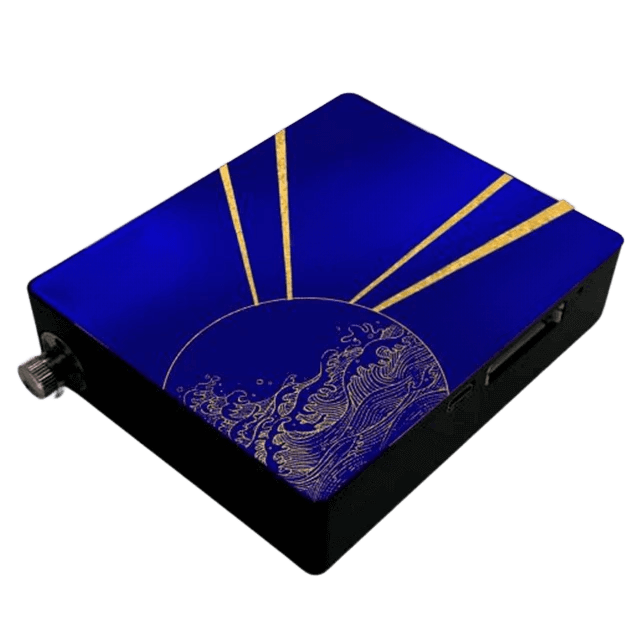
Sharp 2K Spectrometer
Core advantage:
The transition from near-ultraviolet to near-infrared is smooth, The resolution is the most accurate with a 10 μm slit (0.80), and the spectral analysis accuracy in the medium and short wavelength bands is excellent.
Typical application fields:
- Food testing (near-infrared spectroscopy for fruit ripeness)
- Plastic/polymer functional group analysis
- High-resolution online monitoring of industrial processes
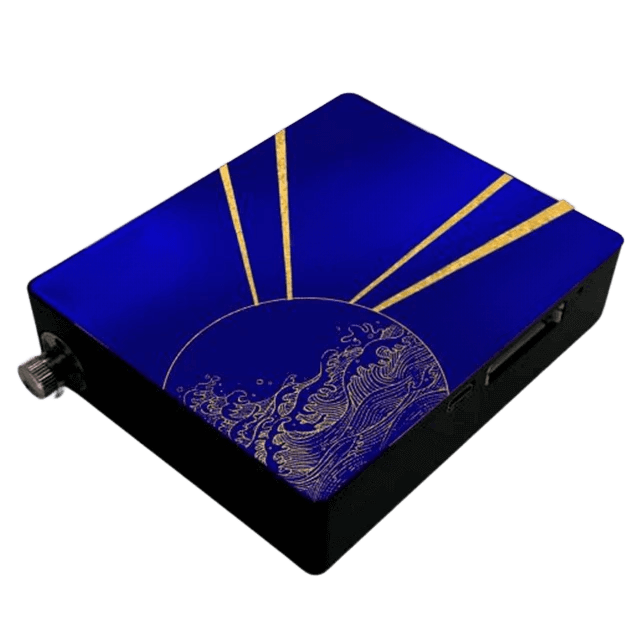
Sharp 2K Spectrometer
Core advantage:
Widest wavelength coverage (200 - 1100 nm), a single unit covers the entire range from "ultraviolet → visible → near-infrared" without the need to switch between multiple devices.
Typical application fields:
- Solar spectrum simulation/detection
- Remote sensing environmental monitoring (vegetation/water body wide-band reflection)
- Full-band characterization of wide bandgap → infrared active materials
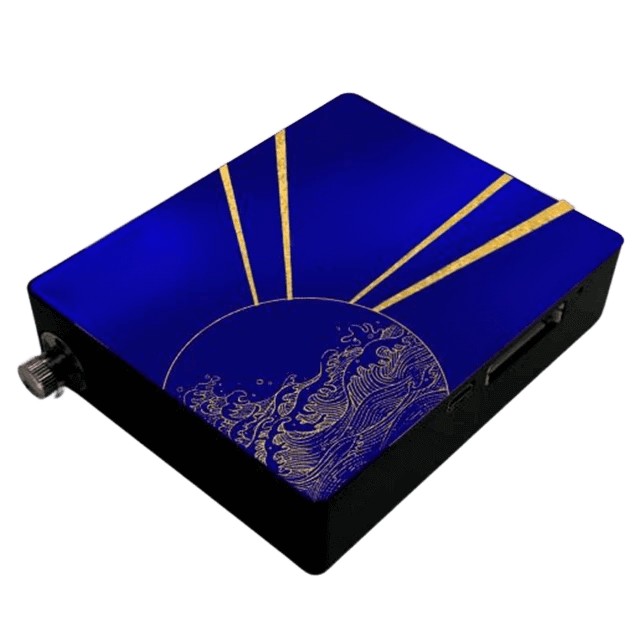
Sharp 2K Spectrometer
Core advantage:
The near-infrared extension is better (up to 1050 nm) with balanced resolution, suitable for scenarios with a high proportion of near-infrared.
Typical application fields:
- Quantitative analysis of pharmaceutical components using near-infrared spectroscopy,
- Agricultural remote sensing (near-infrared reflection of crop leaves)
- Spectral testing of near-infrared light sources/devices (such as infrared LEDs)
UltraSense 11K Spectrometer
Balance "practical performance" and "cost-effectiveness"
- Wide spectrum adaptation and high flexibility
- Excellent optical performance
- Rich interfaces and expansion capabilities

UltraSense 11K Spectrometer
It features industry-leading UV band response sensitivity, with CCD quantized background noise ≤30 RMS (at minimum integration time) and stray light controlled below 0.3%, ensuring accurate capture of characteristic absorption peaks of gas molecules such as SO₂ and NO. It also exhibits excellent temperature stability performance, with a wavelength temperature drift of only 0.3 pixel/℃, meeting the long-term operation requirements for flue gas online monitoring.
It is the only model covering the 200-400nm deep ultraviolet band. Compared with other models, it incorporates an additional ultraviolet-enhanced coating process, and its resolution is more than 30% higher than that of near-infrared models. The slit size is fixed at 25μm, and it does not support optional configurations of 50μm/100μm, focusing on high-resolution scenarios.
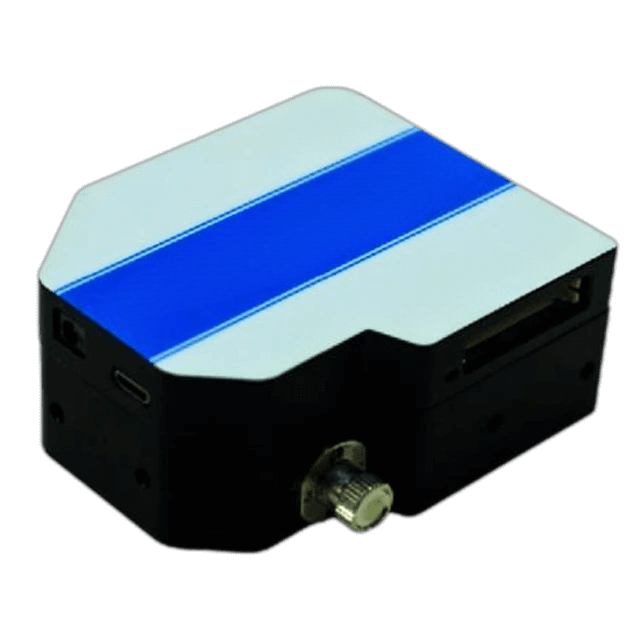
UltraSense 11K Spectrometer
The minimum starting wavelength of 190nm is closer to the short ultraviolet band than VL11639-190-540 (starting at 200nm), and can detect the spectra of special substances in the 190-200nm range (such as the short ultraviolet characteristic peaks of certain gases);
It takes into account deep ultraviolet and short-wave visible light, and can complete the combined measurement of "deep ultraviolet absorption + short-wave visible light reflection" in one go without replacing the instrument;
The CCD quantization background noise is ≤30 RMS (minimum integration time), which performs excellently in weak signal detection in the 190-540nm band, with stable data signal-to-noise ratio.

UltraSense 11K Spectrometer
Targeted optimization for the near-infrared band, with response sensitivity adapted to the material characteristics in the 790-1050nm range (such as near-infrared absorption of C-H and O-H bonds), resulting in higher signal detection efficiency in the near-infrared range compared to multi-band covering models (e.g., VL-SpecBase116-350-1050);
High resolution of 0.50nm with a 10μm slit, enabling clear distinction of fine absorption peaks in the near-infrared band (such as differences in C-H bond vibrations of different organic substances);
Operating temperature of 0-40℃ and humidity of 20-85%, adapting to various near-infrared measurement environments such as industrial sites and laboratories, with strong data stability during long-term operation.

UltraSense 11K Spectrometer
A single instrument covers multiple bands from 200-920nm, eliminating the need to configure separate instruments for different bands and reducing equipment costs for multi-scenario measurements;
The 200μm slit with a resolution of 6.20nm is suitable for multi-band scenarios where resolution requirements are not high but large light intake is needed (such as rapid scanning of large-area samples);
The response linearity is ≥98%, which can maintain data consistency in cross-band measurements and avoid errors caused by switching between different bands.
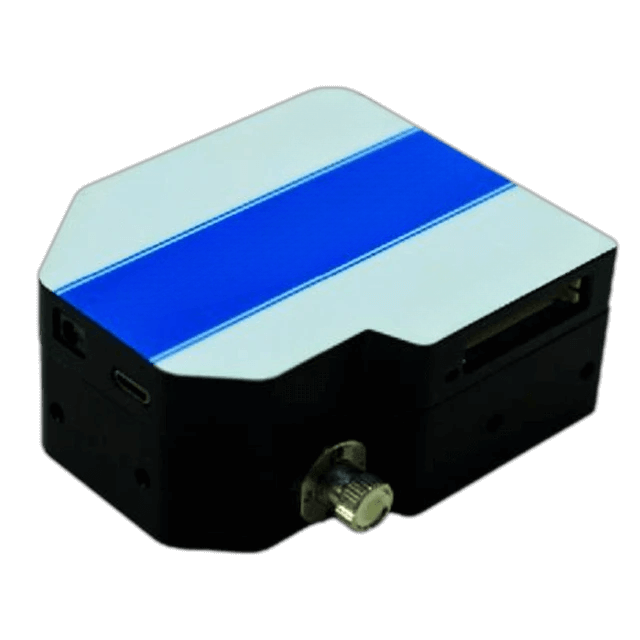
UltraSense 11K Spectrometer
Covers the full wavelength range of 350-1050nm, compatible with all application scenarios mentioned in the specification, including "color measurement, radiation measurement, absorption measurement, fluorescence spectroscopy, and Raman spectroscopy", with the strongest versatility;
Supports all slit specifications (10μm-200μm), allowing flexible selection of resolution according to the requirements of different wavelength bands and different samples, and is compatible with all scenarios from high-resolution fine measurement (10μm slit) to rapid large light intake measurement (200μm slit);
Signal-to-noise ratio of 380:1, ensuring high-sensitivity sampling across the entire wavelength range, with excellent detection capability for weak signals (such as weak fluorescence and weak Raman signals).
PixelMax 4K Spectrometer
High-performance micro fiber optic spectrometer
- Ultra-high resolution and high sensitivity
- Low stray light characteristics
- Excellent temperature stability
- Wide spectral coverage and flexible configuration
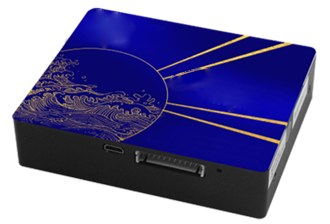
PixelMax 4K Spectrometer
Advantages:
It has excellent response in the ultraviolet-visible band, suitable for absorption and emission spectroscopy analysis of various substances, with high measurement accuracy, strong stability, and adaptability to different environmental conditions.
Application:
- Pollutant detection in water quality analysis and environmental monitoring
- Material color measurement, dye and pigment analysis
- Ultraviolet-visible absorption spectroscopy research in biochemistry
- Teaching experiments and routine industrial quality inspection
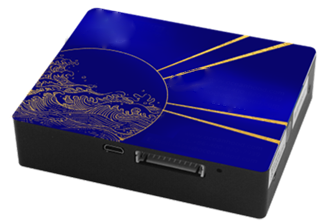
PixelMax 4K Spectrometer
Advantages:
It has excellent near-infrared response, suitable for molecular vibration and combination frequency absorption analysis, with high measurement accuracy, strong stability, adaptability to different environmental conditions, high cost performance, and a balance between performance and cost-effectiveness.
Applications
- Food composition analysis (moisture, fat, protein, etc.)
- Identification and content determination of raw materials in the pharmaceutical industry
- Polymer and plastic composition analysis
- Detection of specific gases in environmental monitoring
- Applications in fiber optic sensing and spectral imaging
CloudSense IoT Spectrometer
Industrial-grade miniature fiber optic spectrometer
- High-speed acquisition
- High resolution and low stray light
- Industrial-grade stability
- Convenient data transmission and IoT architecture
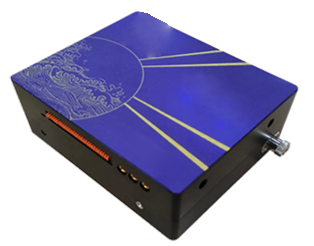
CloudSense IoT Spectrometer
High resolution and low stray light ensure accurate analysis of material spectra over a wide wavelength range. Stable working performance guarantees the continuity and stability of data collection.
High-speed acquisition capability is suitable for real-time monitoring and analysis of rapidly changing spectral signals, ensuring that key information is not missed and improving detection efficiency.

CloudSense IoT Spectrometer
Advantage:
It has excellent response in the ultraviolet band, making it more suitable for scenarios that require accurate capture of ultraviolet characteristic spectral lines. With a compact size and industrial-grade stability, it meets both the needs of laboratory analysis and on-site mobile detection.
Application:
In water quality testing, ultraviolet-visible absorption spectroscopy can be used to analyze organic pollutants such as aromatic compounds and heavy metal ions like zinc in water. In terms of testing the optical properties of materials, it can detect the transmittance and reflectance of colored glass, coatings, etc. in the ultraviolet-visible region to evaluate the optical performance of products. Additionally, ultraviolet-visible spectroscopy can be used to quickly identify the characteristic absorption peaks of some illegal additives such as pigments in food, enabling the screening of food additives.
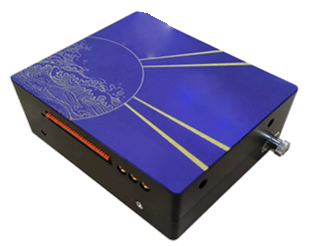
CloudSense IoT Spectrometer
Optimized specifically for the near-infrared band, it can capture the near-infrared characteristics of substances, making it more suitable for scenarios of quantitative analysis of components.
Based on near-infrared detection, remote data management can be realized without additional equipment, reducing the system construction cost for industrial online monitoring and agricultural on-site analysis.
CoolMute TEC Spectrometer
Industrial-grade refrigerated micro fiber optic spectrometer
- Shallow cooling temperature control, low noise and stability
- High optical performance
- Flexible acquisition and control
- Multi-interface for easy integration
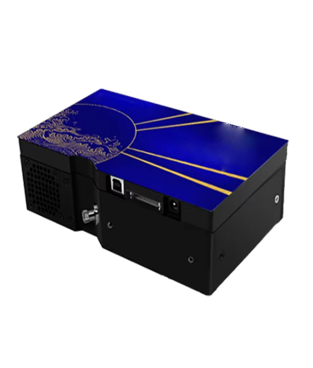
CoolMute TEC Spectrometer
Advantages:
It focuses on fine detection of specific bands within this wavelength range. The refrigeration technology reduces noise interference, enabling accurate capture of the spectral characteristics of substances within this band. It has obvious advantages in scenarios such as color measurement and specific molecular absorption spectroscopy analysis. Additionally, the device is compact with rich interfaces, facilitating integration and operation.
Applications:
Suitable for color measurement, such as in the textile and printing industries, to accurately determine whether colors meet standards; can be used to analyze the concentration of substances in solutions that absorb at this wavelength band, such as quantitative analysis of certain biomolecules and chemical reagents; in plant growth monitoring, analyze the reflection spectrum of plant leaves in this wavelength band to evaluate plant health status.
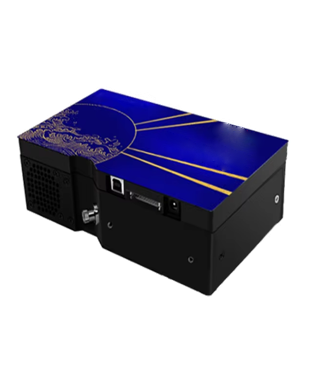
CoolMute TEC Spectrometer
Advantages:
It performs well in detecting substances in the near-infrared band. The low-noise environment brought by refrigeration enhances the ability to detect weak signals in this band, which helps analyze characteristics such as molecular vibrations of substances. It has excellent application value in fields such as material analysis and food component detection.
Applications:
In the agricultural field, it is used to detect the moisture, sugar, protein content, etc. of agricultural products such as grains and fruits; in industry, it can be used for component analysis and quality inspection of polymer materials such as plastics and rubber to determine whether the materials meet the standards; in medical research, it assists in analyzing the spectral characteristics of biological tissues in this band and explores potential methods for disease diagnosis.
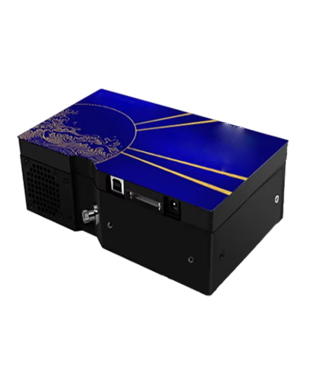
CoolMute TEC Spectrometer
Advantages:
The wide band coverage enables it to detect more types of substances. From the detection of organic pollutants in the ultraviolet region, to color analysis in the visible light region, and then to the quantitative analysis of substance components in the near-infrared region, one device can meet multiple applications. The refrigeration technology ensures the stability and accuracy of full-band detection, making it suitable for complex samples and multi-parameter detection scenarios.
Applications:
In environmental monitoring, it can simultaneously detect organic pollutants and heavy metal ions in water (ultraviolet-visible light region) as well as certain pollutants in the atmosphere (near-infrared region); in scientific research laboratories, it is used for comprehensive characterization of the optical properties of materials, spectral analysis of drug molecules during drug research and development, etc.; on industrial production lines, it performs various quality inspections on products, such as the detection of optical coatings of electronic products, and the detection of components and colors of food and beverages, etc.
CryoRange Ultra Spectrometer
Deeply Refrigerated Miniature Fiber Optic Spectrometer
- Deep refrigeration, low noise and high sensitivity
- Flexible configuration, precise regulation
- Efficient light filtering, suppression of stray light
- Rich interfaces, intelligent interaction

CryoRange Ultra Spectrometer
Advantages:
The wide spectral range is suitable for spectral detection of various substances, and the resolution under medium and high slits can meet routine analysis.
Applications:
It is suitable for material composition analysis that requires wide spectral coverage, such as multi-component detection of soil.

CryoRange Ultra Spectrometer
Advantages:
High resolution in specific near-infrared bands, which is conducive to the identification of fine spectral features.
Applications:
It can be used for fine material identification in the near-infrared region, such as the analysis of specific organic compounds.

CryoRange Ultra Spectrometer
Advantages:
The resolution within this wavelength band is generally high and stable, making it suitable for detection that requires high resolution.
Applications:
It is suitable for high-resolution analysis of material structures or compositions in the near-infrared band, such as polymer characterization.
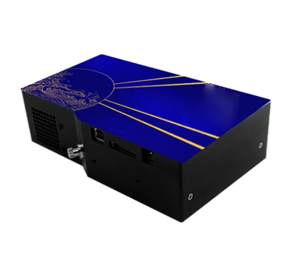
CryoRange Ultra Spectrometer
Advantages:
High resolution within the visible light band, capable of accurately capturing spectral details.
Applications:
Can be used for high-precision analysis in the visible light region, such as the detection of substances like pigments and dyes.
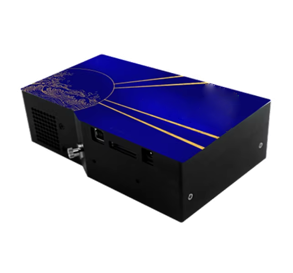
CryoRange Ultra Spectrometer
Advantages:
An extremely wide spectral range, which can meet the needs of cross-band detection from ultraviolet to near-infrared.
Applications:
Suitable for complex substance analysis that requires cross-ultraviolet - near-infrared bands, such as the detection of multi-component mixed systems.

CryoRange Ultra Spectrometer
Advantages:
The resolution under small slits in this waveband is very high, which is conducive to fine spectral analysis.
Applications:
It can be used for visible-near-infrared waveband analysis with extremely high resolution requirements, such as fine spectral detection of biological samples.
SharpGrip Spectrometer
Industrial-grade micro-spectrometer
- High resolution
- Strong weak signal detection capability
- Diverse triggering modes
- Great potential for customization
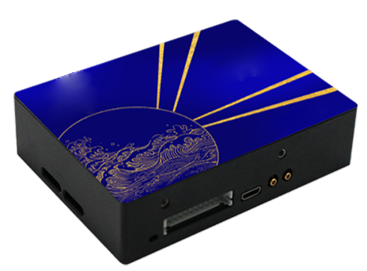
SharpGrip Spectrometer
Advantages:
This waveband has low stray light and high resolution, which is conducive to distinguishing fine spectra in the ultraviolet region.
Applications:
It is suitable for spectral analysis of ozone, some gas molecules, etc. in the vacuum ultraviolet - near ultraviolet region.
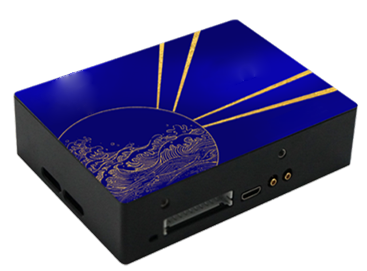
SharpGrip Spectrometer
Advantages:
Stable resolution within the band and low stray light.
Applications:
Can be used for the detection of ultraviolet characteristic spectra of some organic compounds.

SharpGrip Spectrometer
Advantages:
Covers both ultraviolet and the initial part of visible light, with resolution meeting the requirements for conventional analysis in this region.
Applications:
Suitable for the analysis of substances with characteristics in both ultraviolet and visible light regions, such as the preliminary detection of certain dyes.
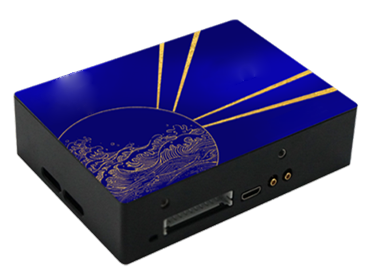
SharpGrip Spectrometer
Advantages:
In the visible light band, the resolution is suitable for spectral analysis of this region.
Applications:
It can be used for characteristic spectral analysis of some metal ions in the visible light region.
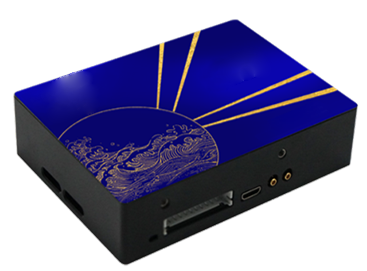
SharpGrip Spectrometer
Advantages:
The resolution within this waveband can meet the requirements of most conventional detection in the visible light region.
Applications:
It is suitable for spectral analysis of plant pigments, some colored solutions, etc. in this waveband.
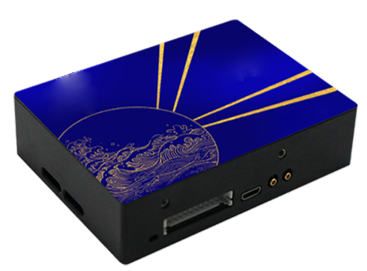
SharpGrip Spectrometer
Advantages:
Covers the long-wave band of visible light and the initial segment of near-infrared, with resolution adapted to this region.
Applications:
Can be used for the analysis of some transition metal ions and certain organic substances in the long-wave band of visible light.
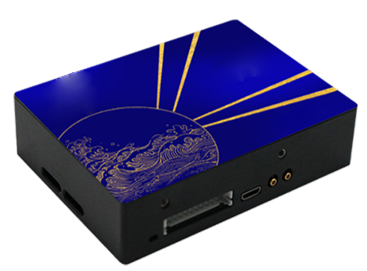
SharpGrip Spectrometer
Advantages:
In the near-infrared low 波段 (waveband), the resolution can support basic spectral analysis of this region.
Applications:
Suitable for spectral detection of some hydrogen-containing groups (such as C - H) in the near-infrared low 波段 (waveband).
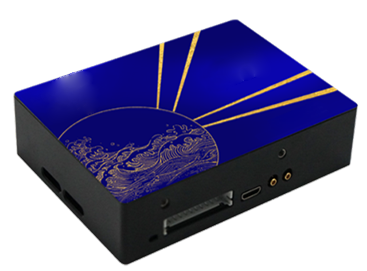
SharpGrip Spectrometer
Advantages:
Covers the mid-to-high near-infrared (NIR) region, which can capture the characteristic spectral bands of many hydrogen-containing groups.
Applications:
Suitable for spectral analysis of polymers, biological tissues, and other materials in the mid-to-high NIR region.

